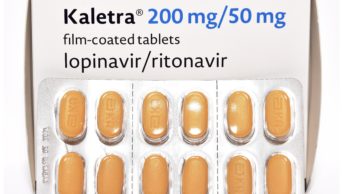
Dennis Kunkel Microscopy / Science Photo Library
Human rhinoviruses (HRV) are the most common cause of viral respiratory tract infections, but there are no current effective treatments for HRV infection and development of an effective vaccine has thus been shown to be almost impossible.
Cathelicidins are antimicrobial peptides known to possess broad-spectrum antimicrobial and antiviral activity against a wide range of bacterial and viral pathogens, so researchers decided to investigate their antiviral potential against HRV.
In an in vitro model of HRV infection they found that the human cathelicidin LL-37, the porcine cathelicidin Protegrin-1 and the ovine cathelicidin SMAP-29 displayed powerful and direct antiviral activity towards HRV both prior to cell infection and after. The cathelicidins were observed to work directly against the virion rather than by the induction of cell death in the host airway cells.
Reporting in Peptides (online, 29 July 2017), the researchers conclude that following further research, cathelicidins could represent a novel therapeutic strategy for the management of HRV infection in future[1]
.
References
[1] Sousa F, Casanova V, Findlay F et al. Cathelicidins display conserved direct antiviral activity towards rhinovirus. Peptides 2017. doi: 10.1016/j.peptides.2017.07.013
You may also be interested in

Antivirals have little effect on mortality in patients hospitalised with COVID-19, suggest WHO trial interim results

Government tightens availability of remdesivir treatment for COVID-19 patients as supplies shrink
